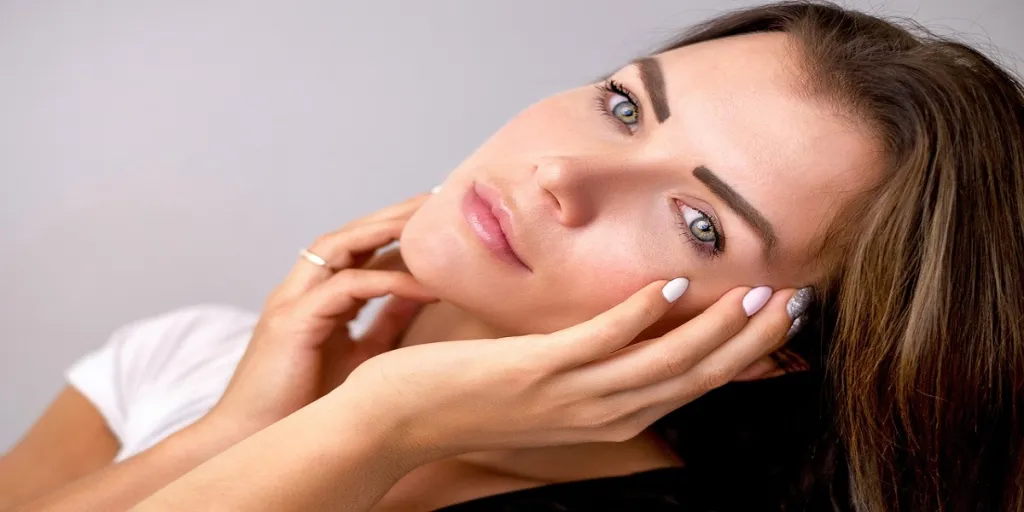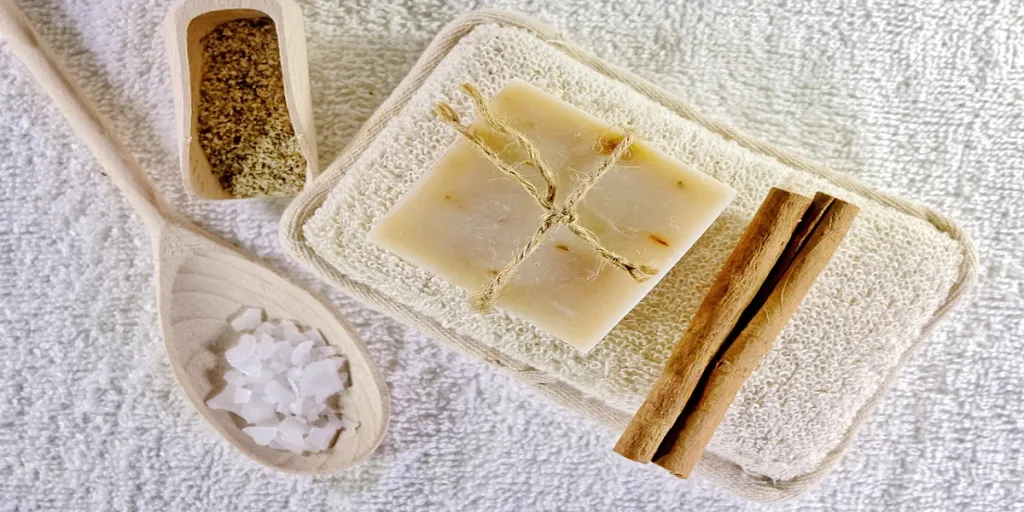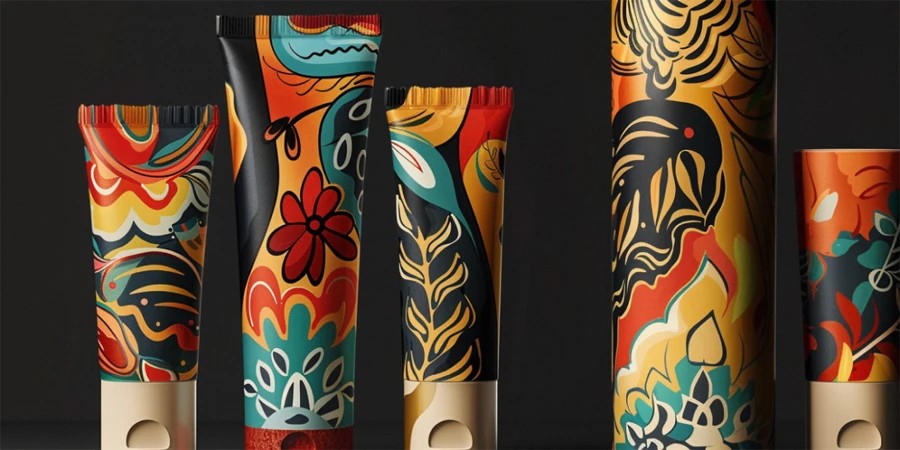In recent years, the demand for effective and science-backed skincare solutions has experienced unprecedented growth. Therefore, it is essential for businesses in the beauty industry to embrace the emerging trends to stay competitive.
This article will explore five key trends that are shaping the landscape of clinical beauty, providing insights and examples that will help businesses cater to the evolving needs of their clientele.
From innovative ingredients to advanced skincare devices, professional-grade chemical peels, prescription-based skincare, and clinical-grade serums and ampoules, these trends highlight the increasing emphasis on evidence-based practices and personalized skincare solutions.
Let’s dive into the exciting world of clinical beauty and discover the trends that are revolutionizing the industry.
Table of Contents
The concept of clinical beauty
5 trends in clinical beauty
Keeping up with clinical beauty
The concept of clinical beauty
The concept of clinical beauty is revolutionizing the skincare industry, and its significance cannot be overstated.
Clinical beauty incorporates science-backed skincare solutions into beauty products and treatments to deliver visible and proven results.
This shift towards evidence-based practices has gained momentum as consumers increasingly prioritize products that are supported by scientific research and clinical trials.
The demand for clinical beauty is growing rapidly, driven by the desire for effective and reliable skincare solutions.
The market for clinical beauty has expanded to encompass a wide range of products, including anti-aging creams, acne treatments, and specialized serums, all designed to address specific skin concerns with measurable outcomes.
As the demand for clinical beauty continues to rise, businesses in the beauty industry must stay ahead of the trends and embrace science-backed innovations to meet the expectations of their B2B clientele.
5 trends in clinical beauty
Innovative ingredients
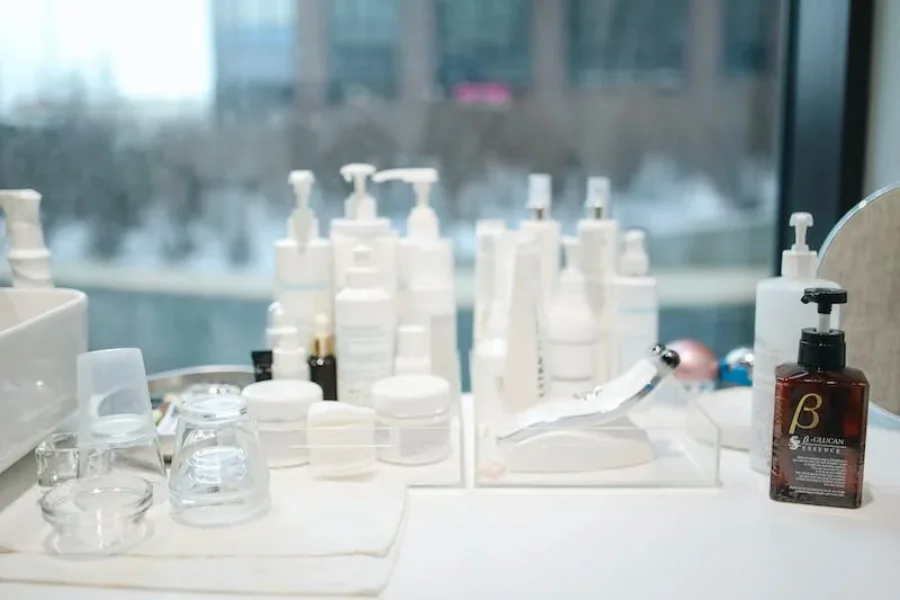
In the world of clinical beauty, one of the key trends to watch is the use of innovative ingredients.
These cutting-edge substances are crucial in formulating skincare products that deliver remarkable results. Innovative ingredients are often backed by scientific research and offer unique properties that address specific skin concerns.
For instance, peptides have gained popularity for their ability to stimulate collagen production, resulting in firmer and more youthful-looking skin. Another example is hyaluronic acid, a powerful humectant that attracts and retains moisture, providing intense hydration and plumping effects.
In addition, botanical extracts like niacinamide and retinol derived from plants have demonstrated remarkable anti-aging and skin-renewing properties. These ingredients are just a few examples of the many innovative substances that are reshaping the clinical beauty landscape.
Advanced skincare devices

Advanced skincare devices leverage cutting-edge technologies to deliver professional-grade treatments in the comfort of our homes.
For instance, LED light therapy devices are gaining traction for their ability to stimulate collagen production, reduce inflammation, and improve overall skin texture. These devices emit specific wavelengths of light that target different skin concerns, offering a non-invasive and effective approach to skin rejuvenation.
Another example is microcurrent devices, which use low-level electrical currents to stimulate facial muscles, resulting in improved tone, firmness, and a more lifted appearance. These advanced skincare devices are just a glimpse into the wide range of innovative tools available today.
With their ability to deliver salon-like treatments and visible results, they are rapidly becoming a must-have for those seeking professional-level skincare at home.
Professional-grade chemical peels

These powerful treatments offer a range of benefits that go beyond traditional exfoliation methods.
Professional-grade chemical peels utilize concentrated solutions containing active ingredients, such as glycolic acid and salicylic acid, to target specific skin concerns.
Glycolic acid peels are renowned for their exfoliating properties, effectively removing dead skin cells and revealing a brighter, more youthful complexion. They can also help reduce the appearance of fine lines, wrinkles, and hyperpigmentation.
On the other hand, salicylic acid peels are particularly beneficial for those struggling with acne. This beta-hydroxy acid penetrates deep into the pores, exfoliating and unclogging them while also reducing inflammation and controlling sebum production.
The use of professional-grade chemical peels allows individuals to achieve professional-level results in the comfort of their own homes or under the guidance of a skin care professional.
Prescription-based skincare
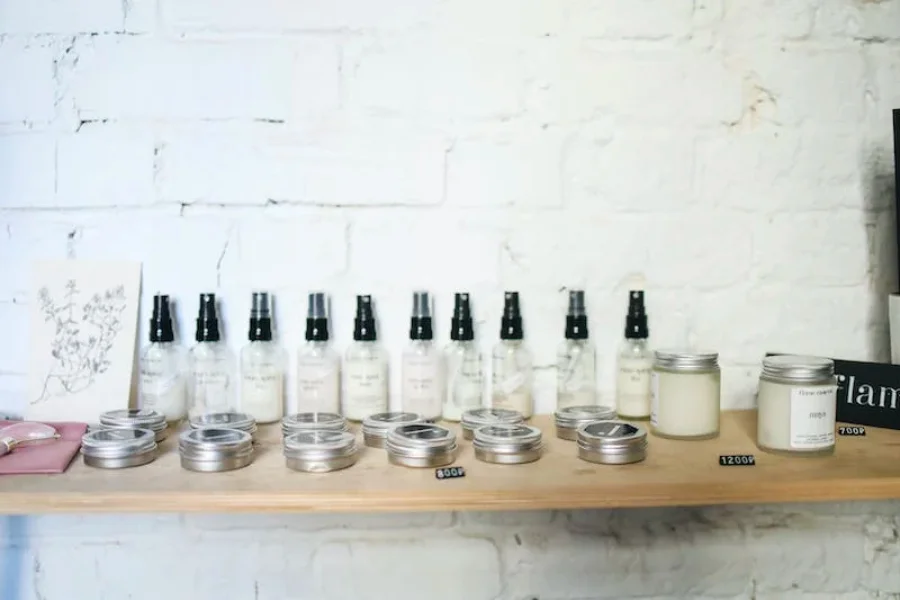
These specialized skincare solutions require a prescription from a dermatologist or healthcare professional, as they often contain potent ingredients that require careful monitoring and guidance.
Prescription-based skincare offers targeted treatments for specific skin concerns, delivering powerful and effective results. For instance, retinoid-based creams have long been recognized for their anti-aging properties.
Derived from Vitamin A, retinoids stimulate collagen production, reduce fine lines and wrinkles, and even help combat acne. Another example is hydroquinone-based products, which are prescribed to address hyperpigmentation and uneven skin tone. These formulations work by inhibiting melanin production, leading to a more even complexion. By harnessing the expertise of skincare professionals and utilizing prescription-based skincare, individuals can access advanced treatments that are tailored to their unique needs.
Clinical-grade serums and ampoules
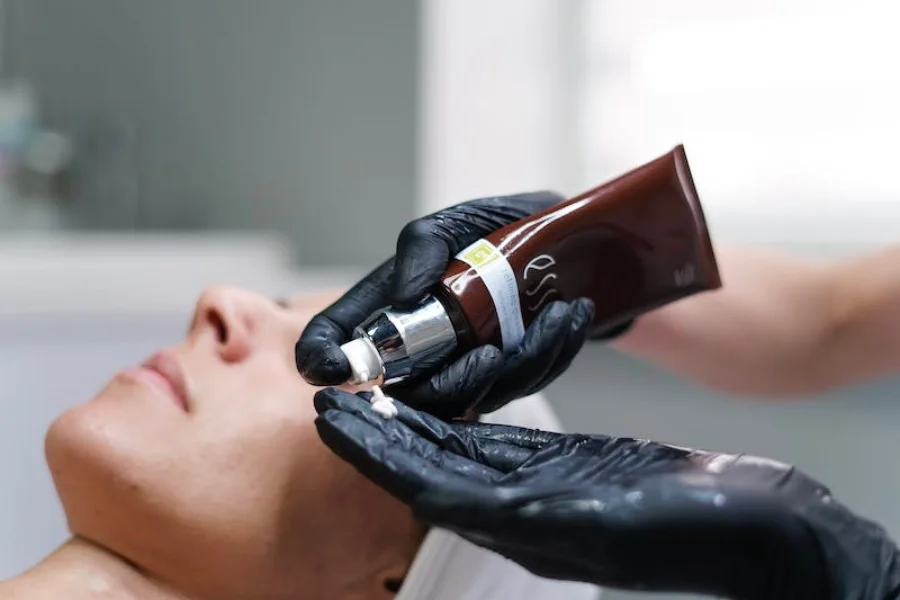
These concentrated formulations offer targeted solutions for specific skin concerns, delivering potent ingredients in high concentrations.
Clinical-grade serums are lightweight and easily absorbed, allowing for deep penetration into the skin. For example, vitamin C serums have gained popularity for their ability to brighten the complexion, fade dark spots, and provide antioxidant protection against environmental damage.
Niacinamide ampoules, on the other hand, have become sought-after for their pore-refining properties, oil control, and overall skin-balancing effects. The use of clinical-grade serums and ampoules allows individuals to tailor their skincare routines and address specific concerns with precision and efficacy.
Keeping up with clinical beauty
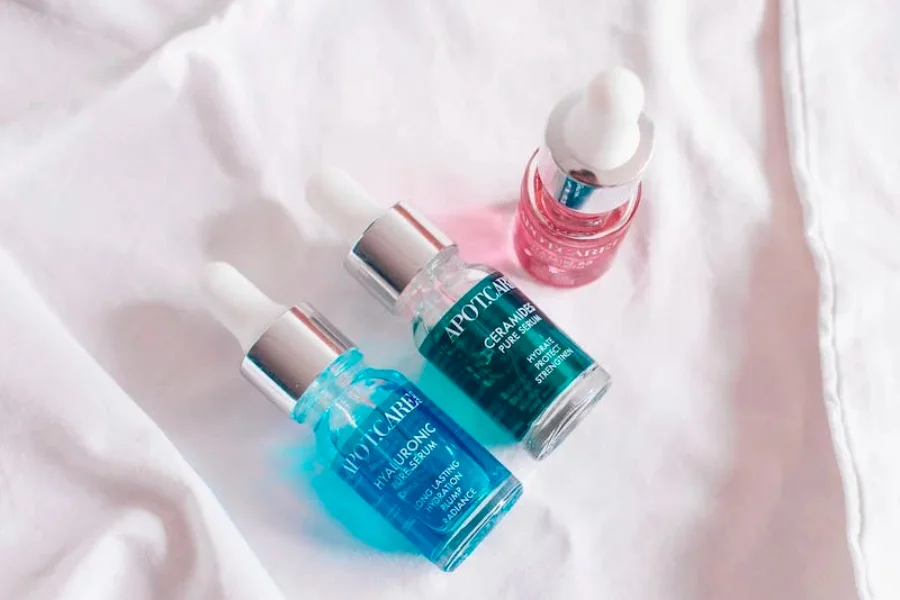
The world of clinical beauty is undergoing a remarkable transformation, driven by the increasing demand for effective and science-backed skincare solutions.
By incorporating innovative ingredients, leveraging advanced skincare devices, offering professional-grade chemical peels, providing prescription-based skincare options, and utilizing clinical-grade serums and ampoules, businesses can stay at the forefront of the clinical beauty revolution.
Lastly, businesses that stay informed and incorporate these trends into their product offerings and services will cater to the growing consumer demand for proven and personalized skincare solutions.
